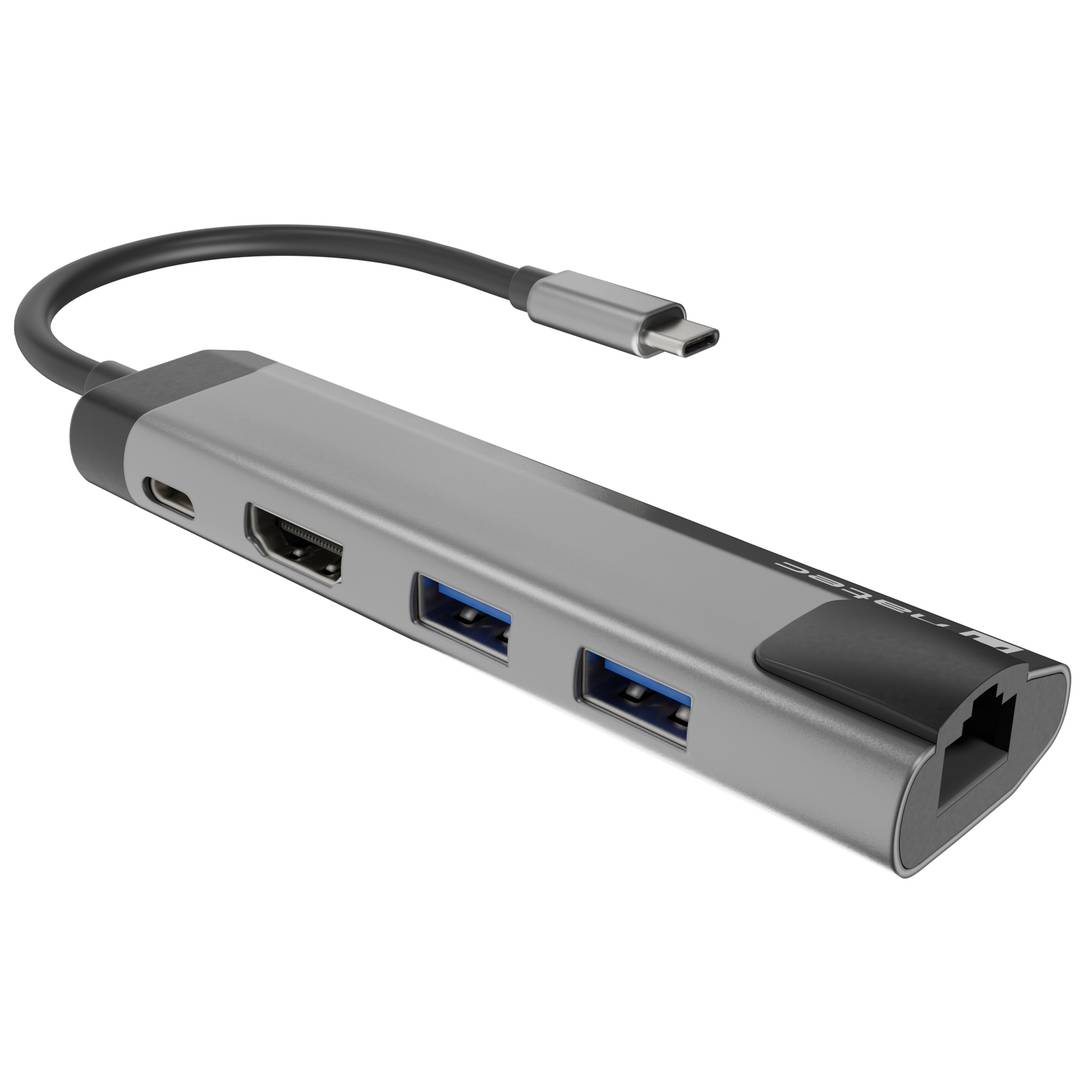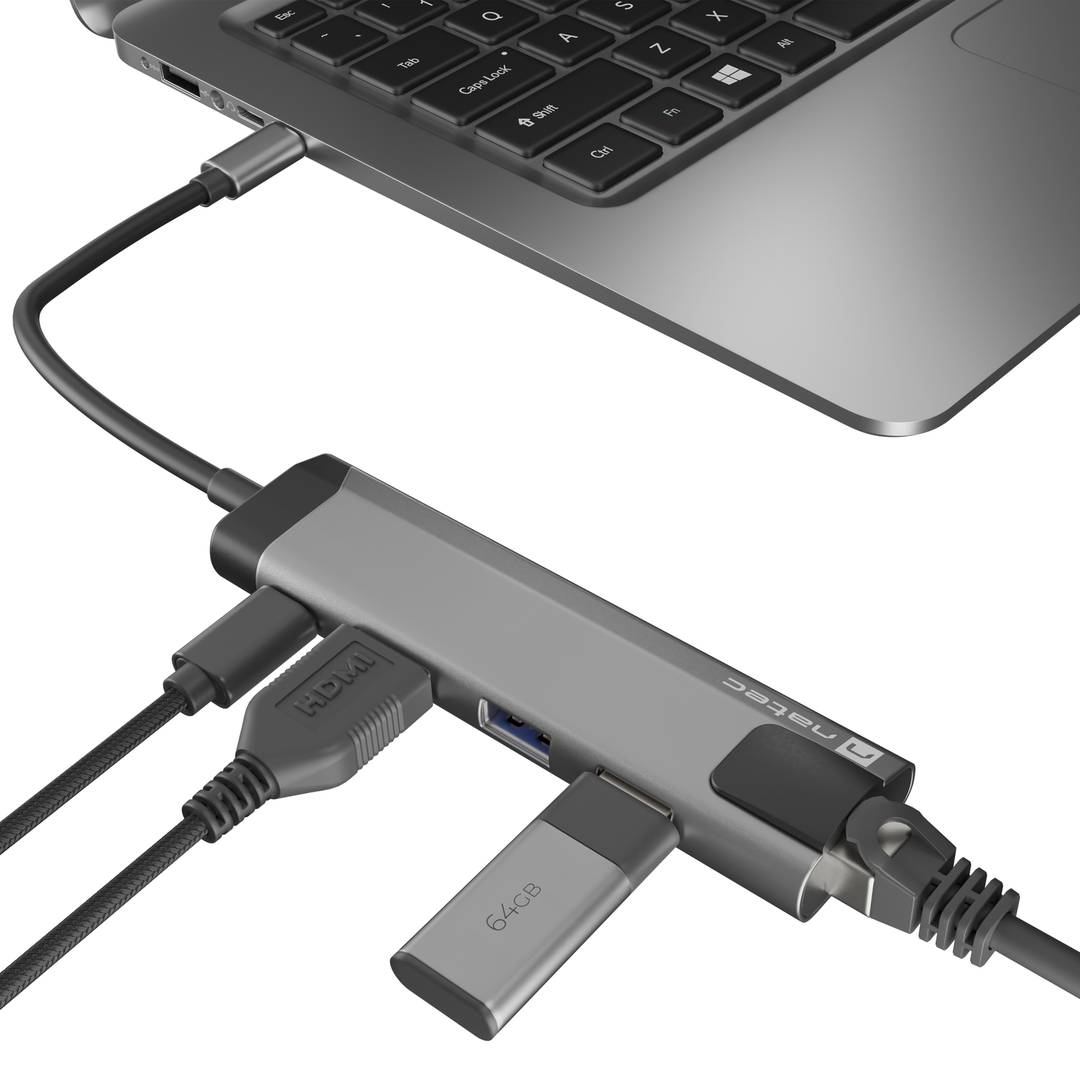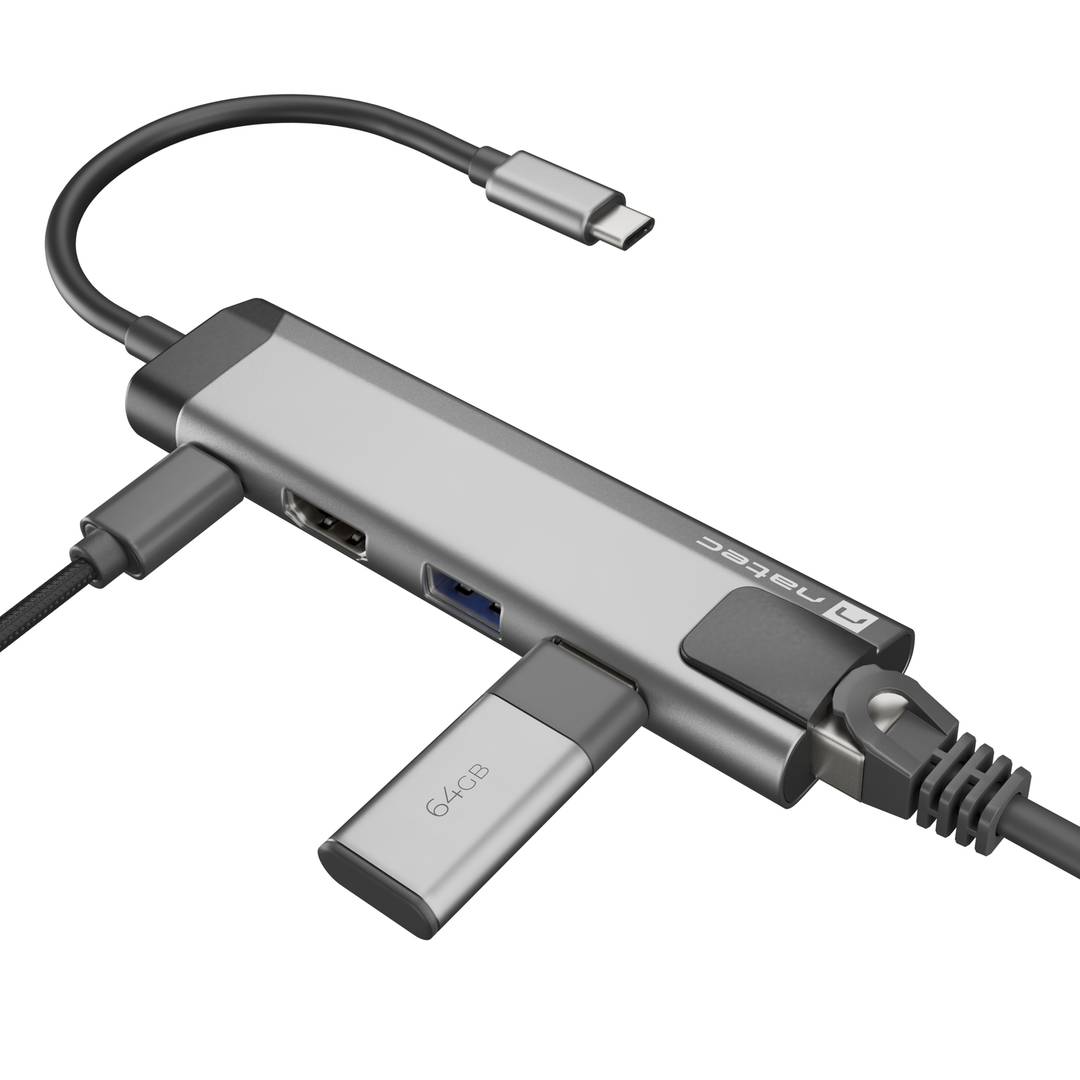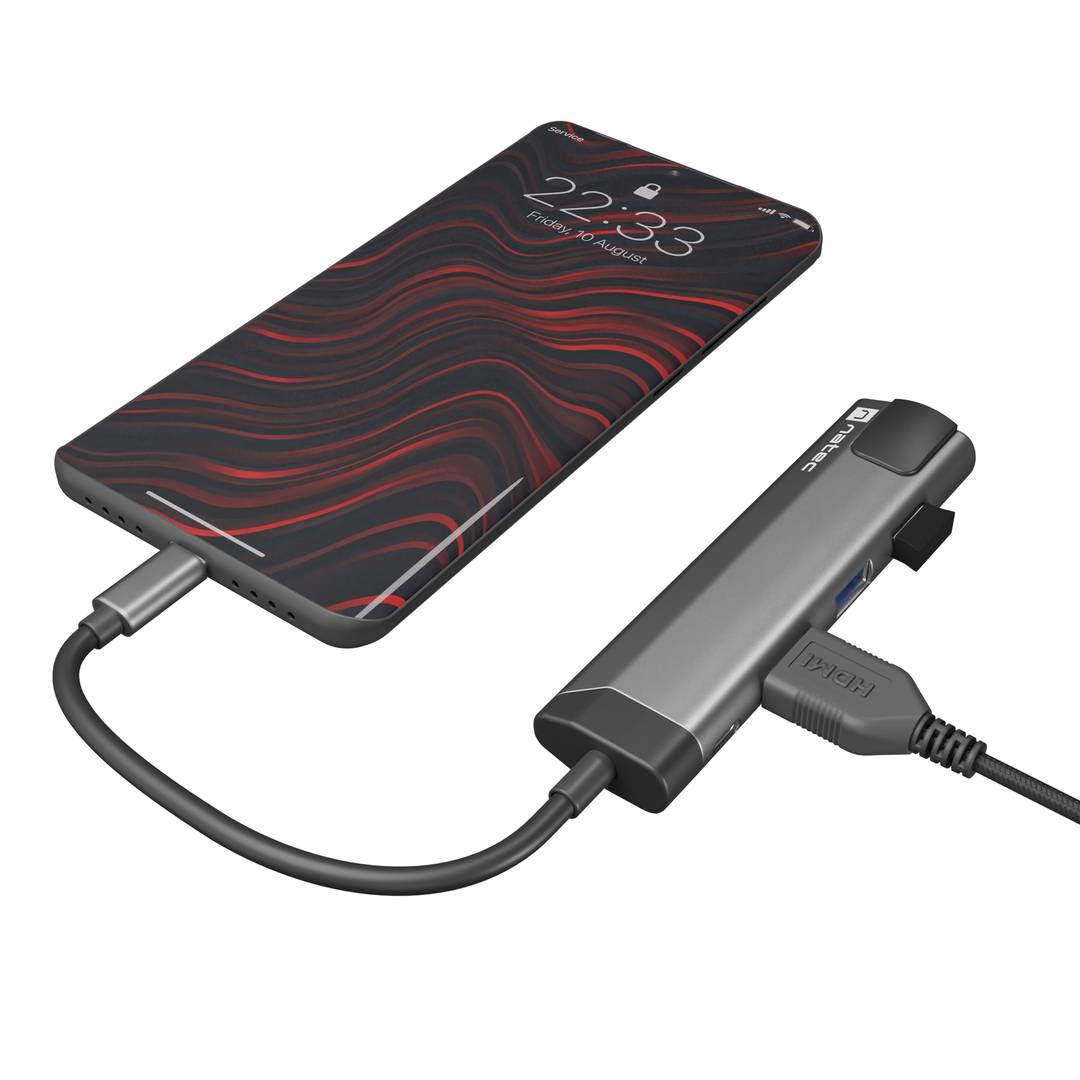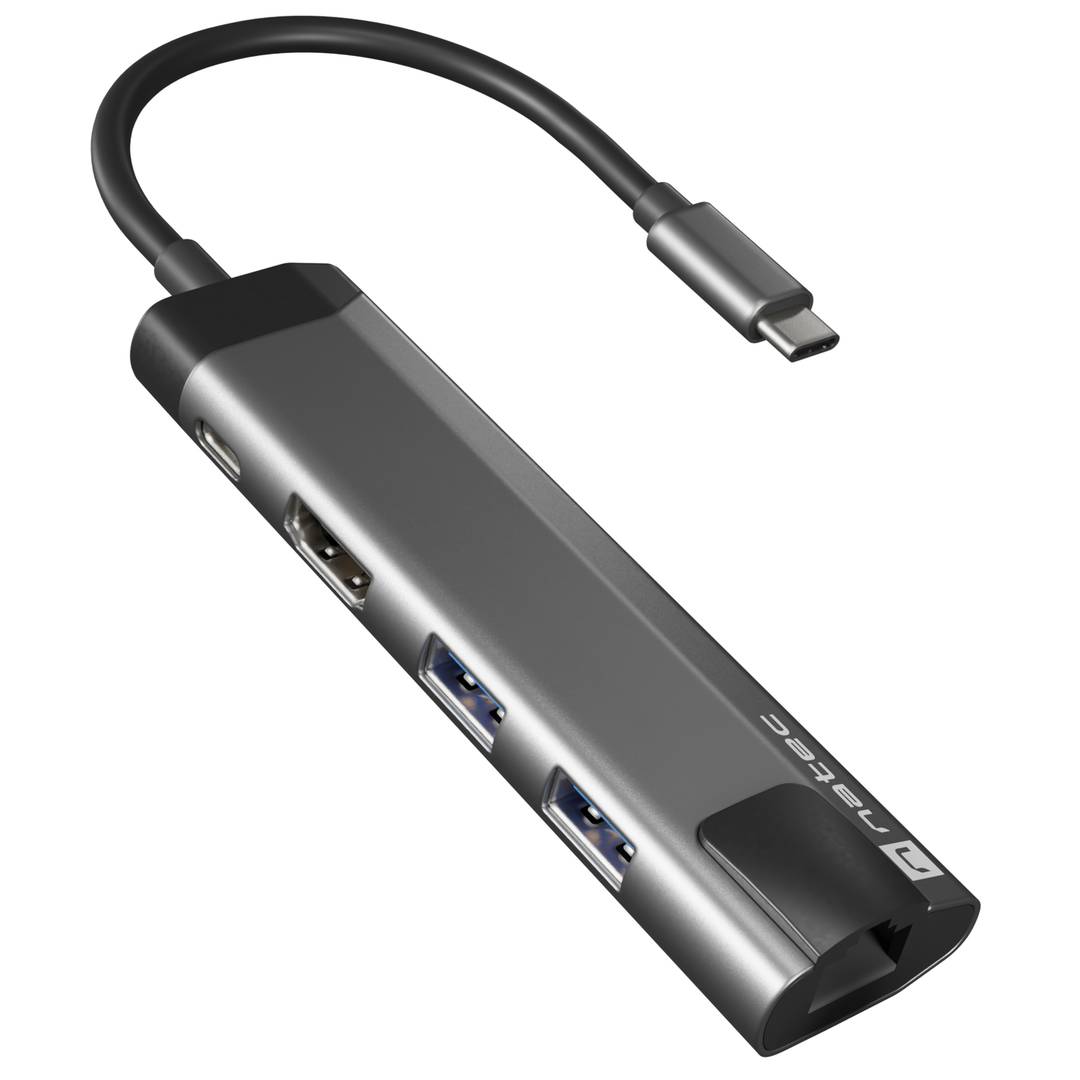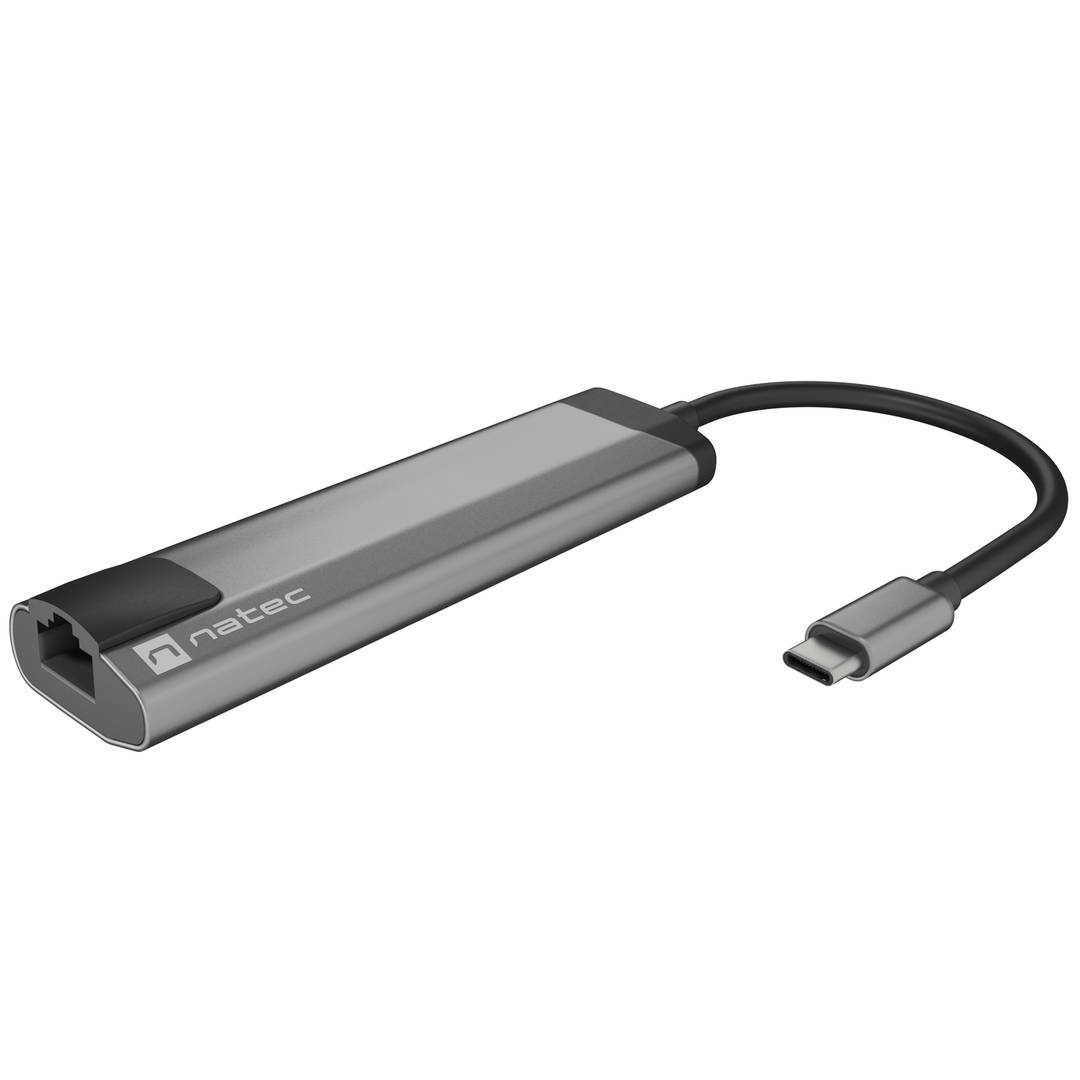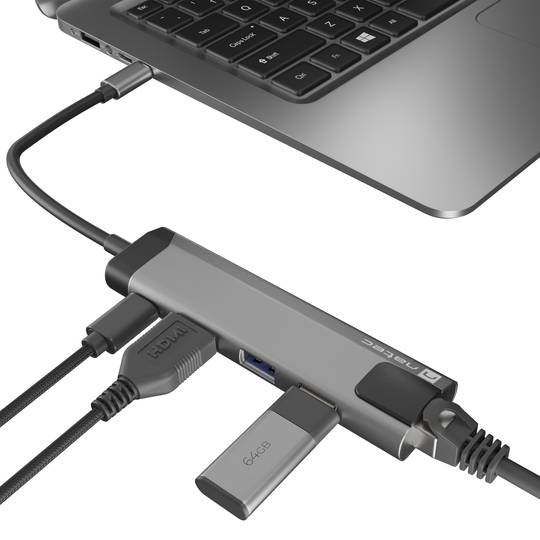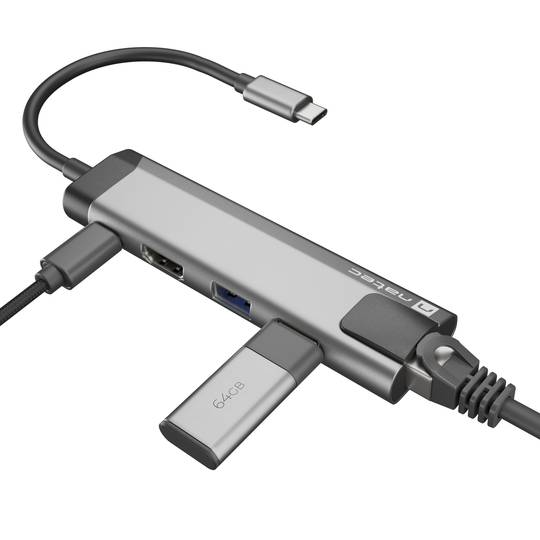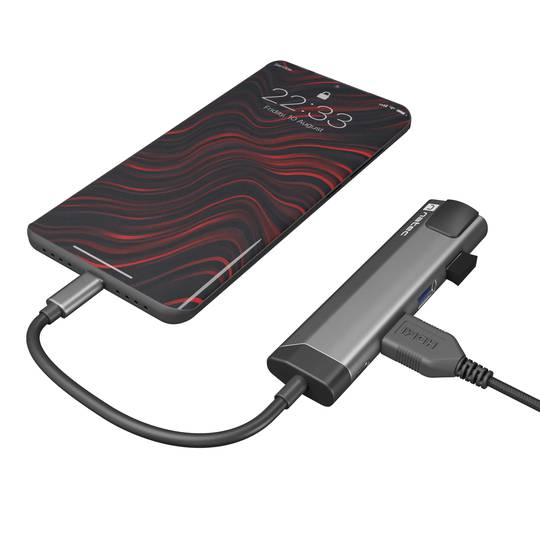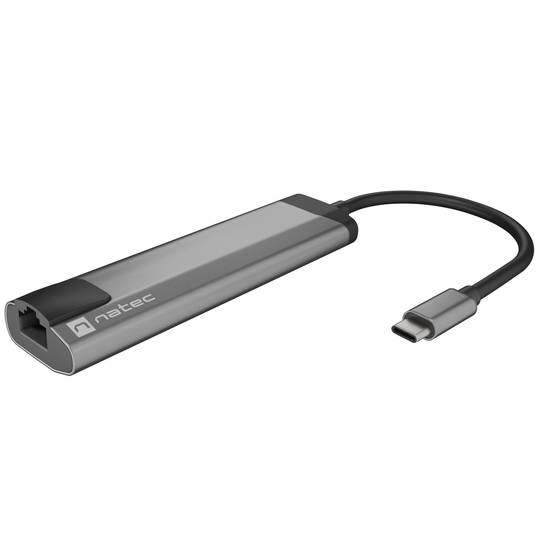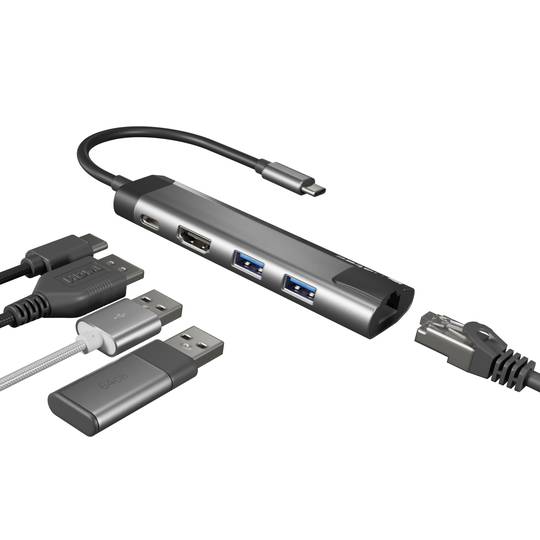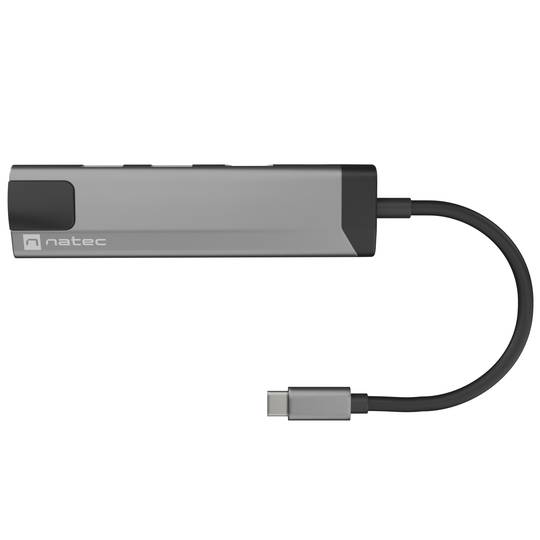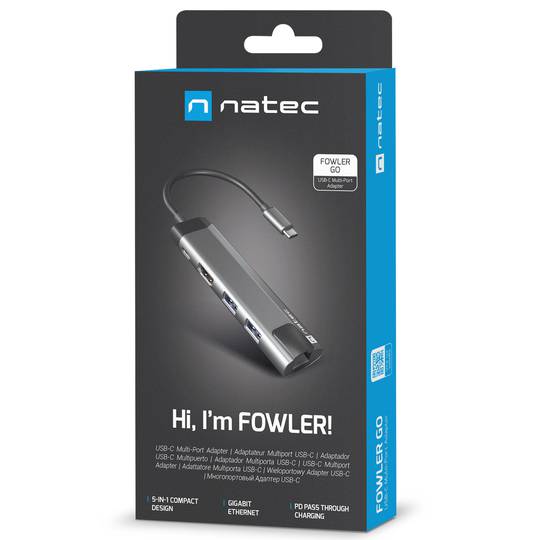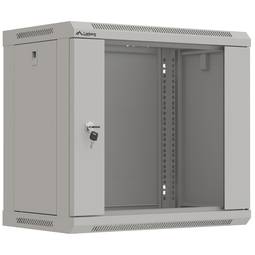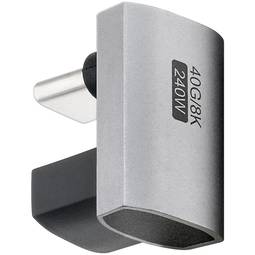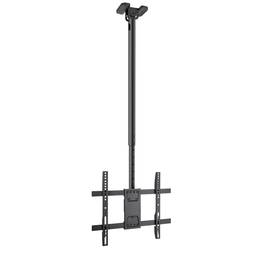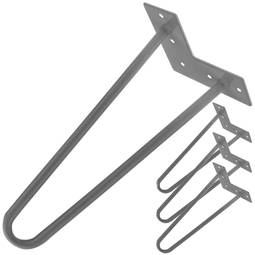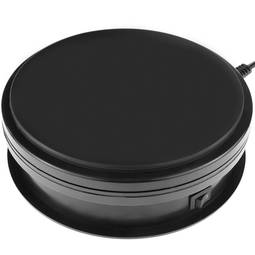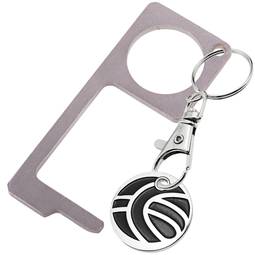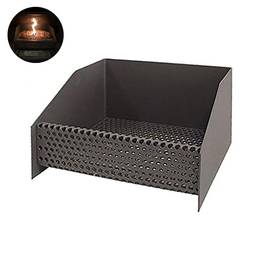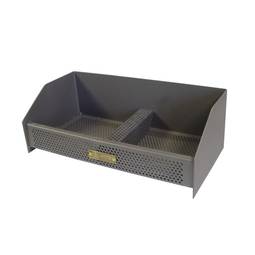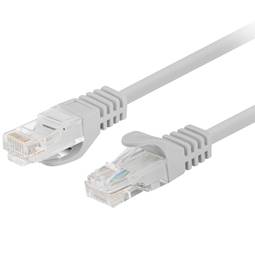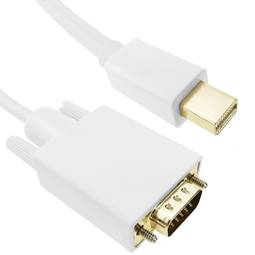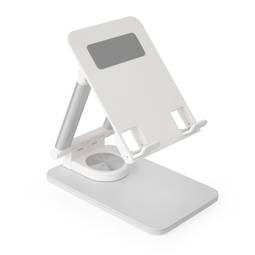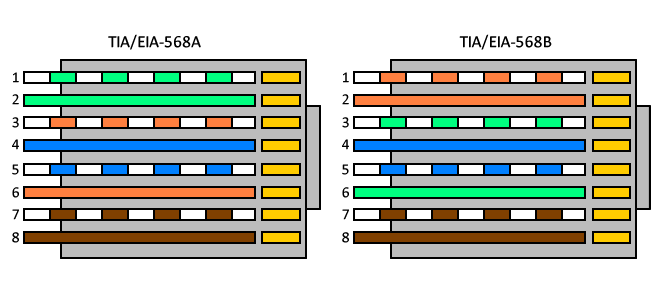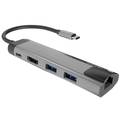HD High definition
HD is the term used to differentiate the systems that generate, transmit or support HD content (High Definition) with those of standard definition or low definition (SD).
HD resolutions are usually at least 1280 x 720 pixels by taking the ratio "width x height". Being the height, 720 pixels, which make high resolution.
MicroUSB
or horizontal. The micro USB with five pins, which pins identification (ID) Micro AB USB connectors special work. AB connectors with pin ID can allow the device to function as a connector A or B to standard USB technology. This gives the new smart phones and other devices the option to act as either a single storage device or as provi
Hz
One hertz is one cycle per second, meaning repeating cycle as an event. For example, hertz is applied physics measuring the number of times for a second wave (either acoustic or electromagnetic) is repeated or can be applied, among other uses, to ocean waves that reach the Beach vibrations per second or a solid. The quantity that measures the frequency hertz is called,in this regard, the inverse of the period. One hertz is an oscillation frequency of suffering a particle over a period of one second.
HDMI
The English acronym "HDMi" refers to "High Definition Multimedia Interface", that is, it corresponds to the initials of high definition multimedia interface.
The HDMi interface allows the transmission of video and audio between different devices, supporting the video resolutions 480i, 480p, 576i, 576p, 720p, 1080i, 1080p, 1440p, 1600p.
Different versions of HDMi
HDMi 1.0
- December 2002.
- Maximum transfer of 4.9 Gbit / s.
- Support up to 165 Mpixels / s in video mode (1080p 60Hz or UXGA) and 8 channels / 192 kHz / 24-bit in audio mode.
HDMi 1.2
- August 2005.
- Added support for One Bit Audio, used in Super Audio CD, up to 8 channels.
- HDMi Type A availability for PC connectors.
HDMi 1.3
- June 2006
- Bandwidth at 340 MHz.
- 10.2 Gbit / s data rate.
- Dolby TrueHD and DTS-HD,
HDMi 1.4
- Send high definition video and audio,
- 3D data and video.
- FullHD to XHD (eXtended High Definition) up to 4096 × 2160 pixels (24 frames per second) or 3840 × 2160 to (30 frames per second).
- Audio return channel that will require fewer cables to have a surround sound system connected to the television.
- Ethernet connection built into the cable itself with speeds of up to 100 Mbit / s.
HDMi 2.0
- September of 2013
- Bandwidth up to 18 Gbit / s
- 4K @ 50/60 (2160p) video
- Up to 32 audio channels for a multi-dimensional immersive experience
- Up to 1536kHz audio frequency for maximum sound fidelity
- Simultaneous delivery of 2 streaming video for multiple users on the same screen
- Audio streaming up to 4 users
- Support Theater Angle 21: 9 radio
- Dynamic synchronization of video and audio in streaming
- CEC command extensions to control multiple devices from a single point.
Types of HDMi
Type A (in image 1): It is the most standard connector used in almost all devices.
Type B (in image 2): It is a very little used connector.
Type C (in image 3): It is a connector widely used in tablets, smartphones and other devices.
Type D (in image 4): It is a connector used in smartphones.
Type E (in image 5): It is a connector used in vehicle connectivity.
![]()
USB
The USB (Universal Serial Bus) is a standard that defines the cables, connectors and used a bus to connect, communicate, computers, peripherals and electronic devices protocols Transmission Rates Low speed (USB 1.0). Transfer rate up to 1.5 Mbit/s (188 kB/s) used in keyboard, mouse ... transfer rate up to 12 Mbit/s (1.5 MB/s) High Speed ??(USB 2.0): Rate transferencia up to 480 Mbit/s (60 MB/s) SuperSpeed ??(USB 3.0) transfer rate up to 4.8 Gbit/s (600 MB/s) Connector Types 1 - USB type A (4 pin) 2. - USB type B (4 pin) 3 - Mini A (5-pin) 4 - Mini B (5-pin) 5 - Micro A (5-pin) 6 - Micro B (5-pin)
Categories network cables
Depending on the quality and type, network cables are classified into categories that help us know the characteristics of them.
The categories of network cables most commonly used are:
- Category 5
- Category 5e
- Category 6
- Category 6
- Category 7
As can be seen, category 5e (enhanced or improved) and category 6A (Augmented), are an improvement of categories 5and 6, respectively, which it has improved the top speed and bandwidth.
The higher the category, the higher the speed of maximum data, the maximum 100 meters distance as its standard.
You can see a table which shows the 5 categories, where V is the maximum velocity, D is the maximum and MHz frequency which can work away.
Reversible USB Type-C
USB-C reversible USB version called USB cables USB Type C Type C or USB reversible. The important thing is this type of USB is that it has top and bottom. So you may save the blows that are given involuntarily to connect the connector upside down. It is also characterized in that when connected will make an audible "click". The USB-C or reversible USB cables can reach 10 Gbps and support USB 3.0, 3.1Use is estimated up to 10,000 applications and has some measures 8.4mm x 2.6mm is also compatible with USB 3.1 and USB indicate creators
Mini USB
The mini USB connectors are smaller than their standard counterparts and have USB fifth pin. The fifth pin is known as the pin ID and is typically not used in mini USB connectors. It was designed to allow later improved USB technology. The mini USB connectors have a cycle life of at least 5000 connections and disconnections, which accommodates the mobile nature of the devices that are designed to interact. The standard USB connectors are generally used with devices that are stationary and not disconnected often.
USB 3.0
USB 3.0 is the second major revision of the standard Universal Serial Bus (USB) connectivity for computing. USB 3.0 has transmission speeds of up to 5 Gbit/s, which is 10 times faster than USB 2.0 (480 Mbit/s). Connector Types 1 - USB type A plug 2 - 3 USB type A female - USB type B 4 - Micro USB B
Android - IOS
Android Android is a kernel-based Linux operating system designed primarily for touch screen mobile devices such as smartphones or tablets, initially developed by Android, Google Inc. supported financially and later bought the company in 2005. IOS is a mobile operating system of Apple Inc. Originally developed for iPhone (iPhone OS), beingthen used in devices like the iPod Touch, iPad and Apple TV. Apple, Inc. does not allow the installation of third-party iOS hardware.
1080p
1080p is an alternative name for the maximum resolution used in high definition television (HDTV). The number 1080 represents 1080 lines of vertical display resolution, while the letter p stands for progressive scan and non-interlaced.
RJ45
When we talk about RJ45 ("Registered Jack" 45) we refer to a telecommunications network interface for wired connection of voice and data equipment.
This connector has 8 pins or connections and may have a specific category depending on the data transfer speed and bandwidth (category 5e, 6, etc.)
The common application is their use in Ethernet network cables under TIA/EIA-568-B standard that defines the arrangement of pins (pinout), but can also be used for other applications.
- Direct pin diagram:
EIA-568A
Pin No.1: WHITE-GREEN
Pin No.2: GREEN
Pin No.3: WHITE-ORANGE
Pin No.4: BLUE
Pin No.5: WHITE-BLUE
Pin No.6: ORANGE
Pin No.7: WHITE-BROWN
Pin No.8: BROWN
EIA-568B
Pin No.1: WHITE-ORANGE
Pin No.2: ORANGE
Pin No.3: WHITE-GREEN
Pin No.4: BLUE
Pin No.5: WHITE-BLUE
Pin No.6: GREEN
Pin No.7: WHITE-BROWN
Pin No.8: BROWN
- Schematic of crossed pins:
The crossover cable has one end with EIA-568A scheme and the other one with EIA-568B.
Power Delivery
Power Delivery (PD) is a fast charging standard for portable electronic devices. It was developed by the USB Implementers Forum (USB-IF) to improve the speed and efficiency of charging devices such as smartphones, tablets, laptops, and other USB devices.
The Power Delivery standard allows devices to receive a greater amount of power through a USB-C cable, allowing for much faster charging than previous standards. Additionally, PD also allows devices to be charged over a variety of voltages and currents, which means devices can be charged at a faster rate where their design allows.
The PD standard also allows for the ability to charge a device while it is being used, and also allows devices to act as power sources, that is, they can charge other devices. Devices with Power Delivery support are easily recognized by the PD logo on the device or on the charger.


